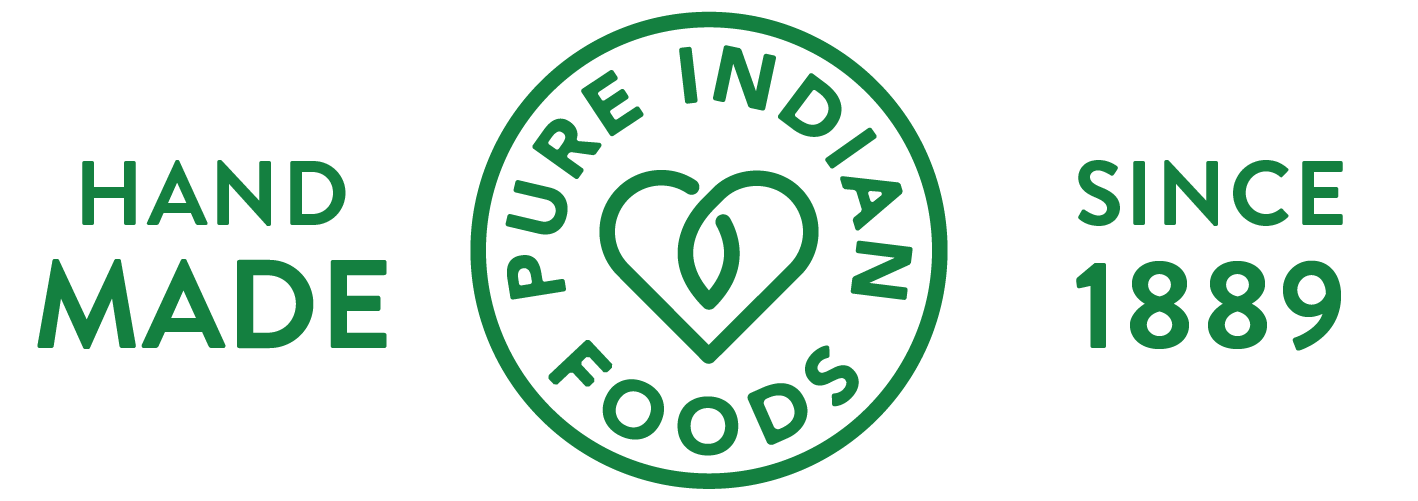Good health depends on a variety of beneficial fats and oils. Among the most popular and healthful are ghee and olive oil. But which is better? Is one healthier than the other, and how do we know which to use, and when? When it comes to calories, both ghee and olive oil come in at 9 per gram. A tablespoon of ghee has the same number of calories (120) and fat grams (14) as olive oil. In order to answer our questions, we have to understand the different fatty acids that each contains, but rest assured that both olive and ghee are valuable and healthy, and can be included on a daily basis.
Ghee
The best quality ghee comes from pasture-raised, grass-fed cows. This insures the ghee contains conjugated linoleic acid (CLA), an important fatty acid associated with healthy weight and a healthy heart. Ghee contains Omegas 3, 6 and 9 as well as saturated fat. It’s shelf-stable so it doesn’t need refrigeration for up to 3 months and because it has a very high flash point of about 485 degrees, it’s a great choice for high-temperature cooking, including frying and roasting.
- Ghee contains antibacterial saturated palmitic acid and anti-inflammatory monounsaturated oleic acids
- It’s an important source of fat-soluble vitamins A, D, E and K
- The fats in ghee are antiviral and antimicrobial
- Ghee helps protect the liver from alcohol and toxins
Olive Oil
The best quality olive oil is extra virgin, certified organic. It’s high in Omega 9, a monounsaturated fat that has a number of benefits.
-
- Extra virgin olive oil contains antioxidants and vitamins E and K
- It helps lower LDL cholesterol while raising HDL cholesterol
- It’s anti-inflammatory
- It may help stabilize blood sugar levels and promote insulin sensitivity
Ghee
While ghee is delicious as is, it’s also ideal for cooking. Its high flash point makes it an excellent, stable choice for baking, roasting, frying and sautéing.
- Use ghee for high-temperature roasting, baking, stir-frying and deep frying.
- Stir into hot cereals and grains, soups and stews
- Spread over toast, biscuits and muffins for an amazing buttery taste that is free of lactose and casein.
- Fry everything from spices to onions to potatoes in ghee
- Keto lovers, fry steaks, chops and fish filets in ghee
Extra Virgin Olive Oil
No doubt people have been cooking with olive oil for many centuries, but because it has a low flash point and can burn and smoke quickly, it’s at its best used raw in dips and spreads, sauces and salad dressings that require no or low-heat cooking. Low-moderate heat is best when cooking or sautéing with olive oil.
- Use as a dip for breads
- Drizzle over pasta, meats and vegetable dishes
- Add to slow- simmering sauces (over low heat)
- Use for salad dressings and dips that require no cooking
- Add to bean dips, hummus and roasted eggplant dip
Now we know that both ghee and olive oil are healthy but are best used for different purposes. A good example is a delicious meal of stir-fried shrimp and veggies in ghee with a fresh green salad and an olive oil dressing. That’s how we want to use these wonderful, beneficial fats.


[…] A tablespoon of ghee has similar number of calories (120) and fat grams (14) as olive oil. So as to … […]